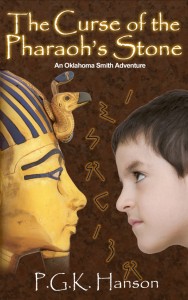 I met with most of my beta readers this week for my middle grade manuscript The Curse of the Pharaoh’s Stone. My daughter’s wonderful school librarian put together an amazing local team of readers—4 kids, 2 teachers, a librarian, and a mom of middle grade kids. I also have 2 other incredible teachers and authors reading it. I am so excited to get their feedback!
I met with most of my beta readers this week for my middle grade manuscript The Curse of the Pharaoh’s Stone. My daughter’s wonderful school librarian put together an amazing local team of readers—4 kids, 2 teachers, a librarian, and a mom of middle grade kids. I also have 2 other incredible teachers and authors reading it. I am so excited to get their feedback!
Yes, I said excited. I know many writers get butterflies when they send their manuscript babies out to beta readers. Some writers are downright terrified. And I agree, when you let your work out into the world, even in beta, it can be scary. You’re opening yourself up to criticism, to the possibility that people won’t love your story as much as you do. Sometimes writers even see criticism at this stage as a failure on their part.
But I am strange—I love honest feedback. I think it comes from how my writing process evolved in a collaborative model with my best friend Donna Hanson Woolman. Then when I got my Master of Arts in English, my advisor was a blunt yet positive critiquer. Of course, if the criticism is personal or nasty in nature, I don’t like that any more than the next writer, but in this post I am talking about thoughtful and honest feedback.
I enjoy the red pen on my manuscript because of my mindset. I am confident that Pharaoh’s Stone is a good book. Its plot is solid, its characters rounded, and the prose is clean. I have read enough middle grade—both published and from an agent’s slush pile—to know my book is good. I am excited to get my beta readers’ feedback because I know that their feedback will get the book from good to great.
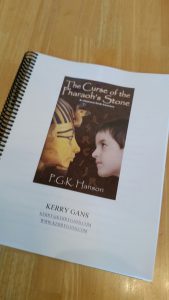 That’s how we writers have to approach any constructive feedback—as a way to make our manuscripts better. A challenge to dig deeper and raise our craft higher. After working so long and hard on our stories (I’ve been with Pharaoh’s Stone for 11 years), we can lose the objectivity we need to make the final adjustments that will make our work shine.
That’s how we writers have to approach any constructive feedback—as a way to make our manuscripts better. A challenge to dig deeper and raise our craft higher. After working so long and hard on our stories (I’ve been with Pharaoh’s Stone for 11 years), we can lose the objectivity we need to make the final adjustments that will make our work shine.
That’s why beta readers are such an important part of our writing process. They bring fresh eyes, fresh brains, and a fresh perspective. I am so lucky to have an enthusiastic team reading my book, and I am so grateful to all of them for making the time and effort to help me.
Do you use beta readers? Where does their feedback fit into your process?
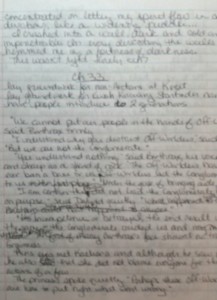
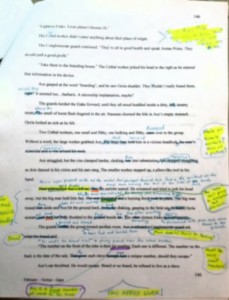
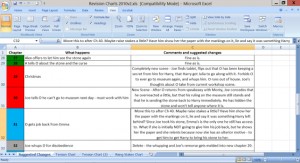
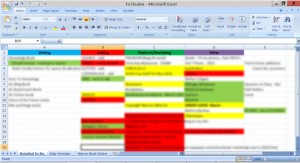
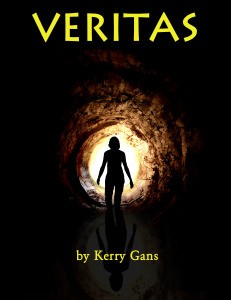
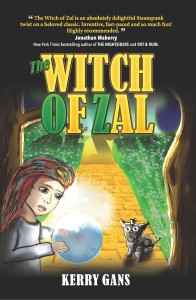
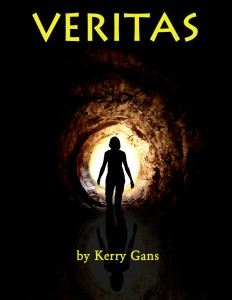
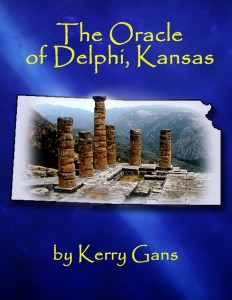

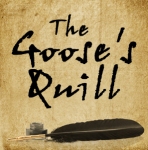
When Life Disrupts Your Revision Routine
My daughter has been home from school for 2 days. She was sick enough to not go to school, but not sick enough to stop her wanting to play and run around. It’s been hard to get anything done, and forget about the concentration needed to edit! So the manuscript still sits on the table, untouched.
My daughter went back to school this morning, but did I jump into revision? No. Two nights of shattered sleep wiped me out. So I took a nap for 3 hours instead of the 1 hour I had intended! But it was just as well, because between the headache and the fuzzy brain, none of my edits would have been as sharp as I needed.
Tomorrow, assuming no relapse and a daughter in school, I will separate out the 3 points-of-view of my manuscript and begin the process of revising each one. I will sharpen conflict and tension in each scene, make sure I use enough sensory detail, and ensure that the character voice is consistent.
I am not a person who likes change. Routines help keep my anxiety in check, and keep me feeling productive. When life disrupts my plans, it makes me irritated and anxious. But life often has other plans for us. So instead of diving into the revision of my sci-fi novel, I spent the days reading to my daughter, playing games like Monopoly, Sleeping Queens, and Candyland, and helping her build a fort in the upstairs foyer.
And that’s not so bad.
How do you deal with detours in your writing process?
Save
Save